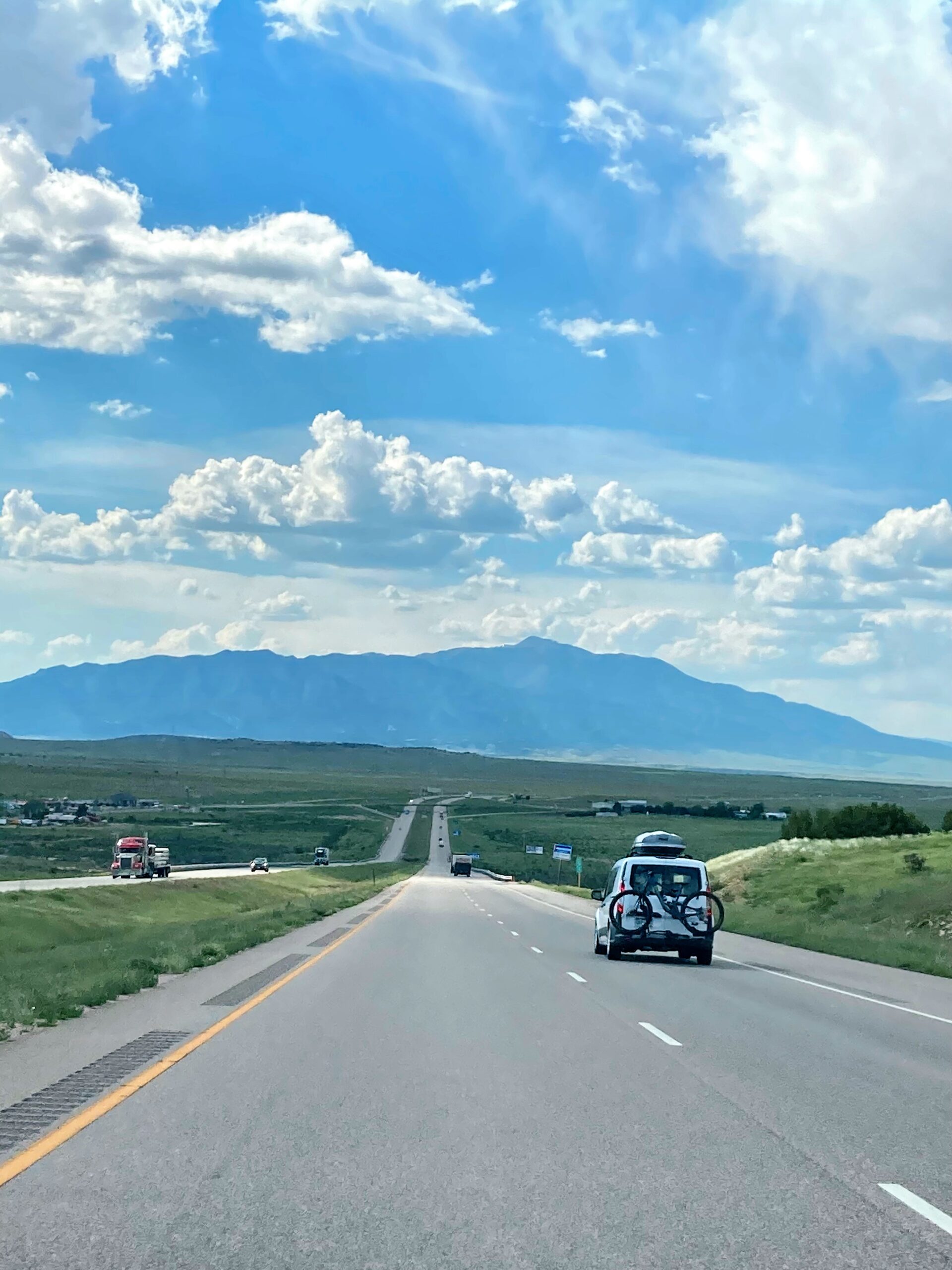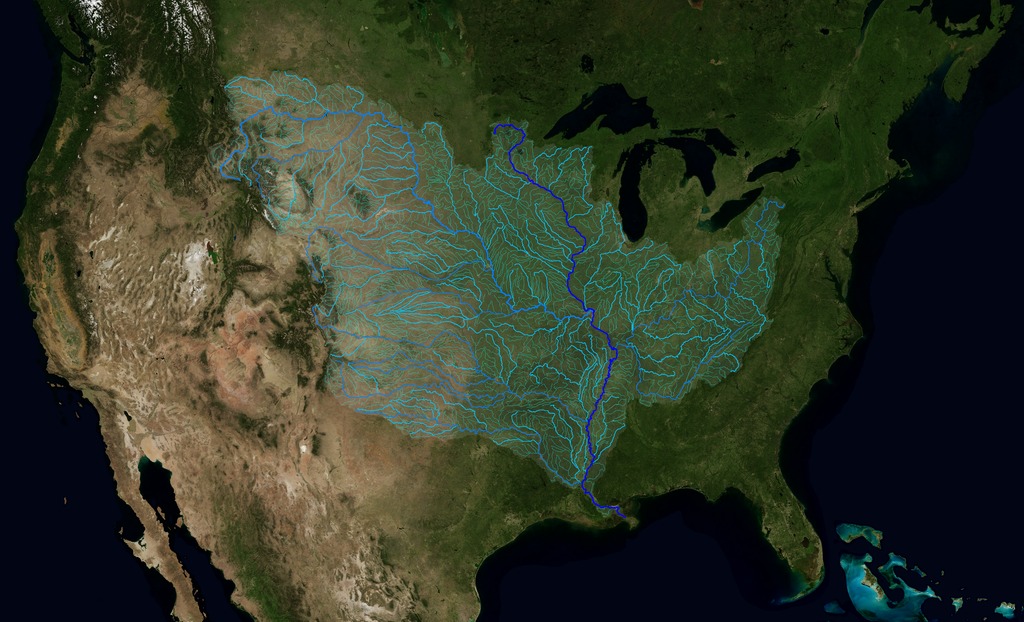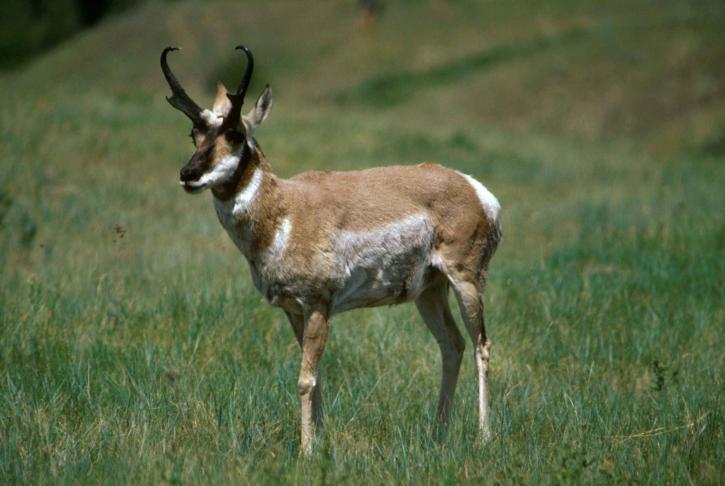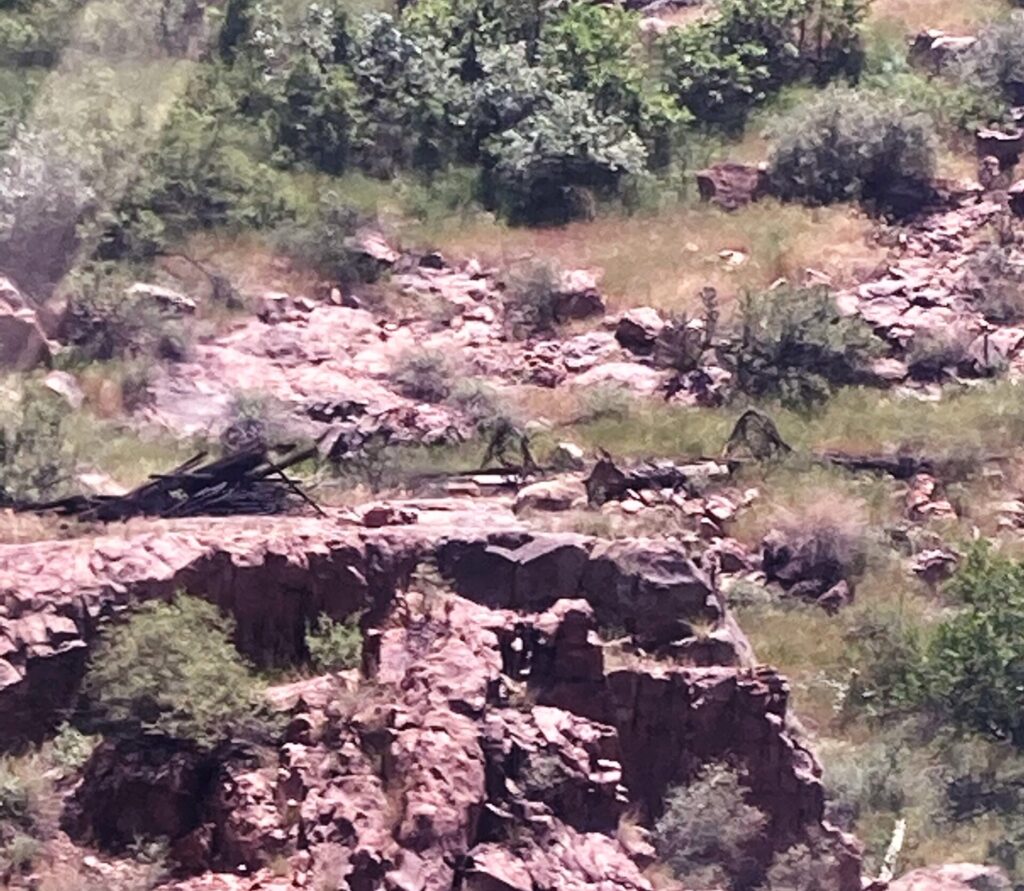The Long Road Trip and the many discoveries it offers

The American Road Trip. The ethereal nature of the open road, zigzagging across landscapes, brings a sense of centering and calmness that is often lost in the drowning maelstrom of the day-to-day. After all, once engaged, it is you, the road, and the companions at your side. Phone calls, electronics, text messages, social media, and other modern distractions become distant memories as the focus is more on the outside world. The changes in topography, the texture of the road, the majesty of the blossoming storms on the horizon, the contrast of color between the pallet of grasses cast against the endless horizon are all, in its own right, a discovery and a trove of first time experiences. I, for my part, am the chauffer, the tour guide if you will, for my family during these treks. I find immense pleasure in this role. In fact, the great happiness I have being this “guide” is the fondness memory I will take from our family road trips. This year’s trip to Colorado Springs, CO, will likely be chronicled in great detail by my co-author in life, Renee’. But, for my contribution, I wanted to focus not on the destinations of our journey but the road trip itself.
Our trip took us approximatly 1,213 miles through four states (Oklahoma, Texas, New Mexico, and Colorado) and two time zones. I cannot calculate the amount of time we spent “on the road” but, according to google maps, it is well over 19 hours (probably even 20 hours if you count all our stops and traffic jams). In addition, we were able to go through several eco-regions. We started on the shortgrass prairies of Oklahoma, reaching the tall grass prairies. Then, we worked our way up the Llano Estacado of the central Texas panhandle. We enjoyed the “high plains” of northeast New Mexico and the dotted volcanoes and volcanic fields. We made our way through the Colorado mesas and finally skirted the eastern slopes of the Rocky Mountains. As we traveled west, our elevation went from 1,596 feet above sea level to over 7,800 feet. The elevation change makes apparent the “flat” plains is, in reality, a gently sloping pancake, tipping downward from the Towering Rockies to the mighty Mississippi. But, a driver going across this “fly over” country would not realize the uphill drive simply looking out one’s window.

During the journey, not only were we able to enjoy the change in topography, we also enjoyed the change of flora, fauna, and cultural norms during our westward journey. The Mesquite shrub and Yucca plants gave way to the cholla cactus. The shrub lands gave way to vast open grasslands before being engulfed by the pine and cedars of the mountain country. The yellows, reds, blues, and greens of prairie grass dulled to a sandy yellow before turning a bright green. The whitetail deer were slowly replaced by its bigger cousin, the mule deer. Eventually, herds of elk and pronghorn grazed along highways. “Deer crossing” signs were intermixed with “elk” and even “bear” crossing warnings. Mountain goats and Bighorn Sheep soon dominated the insurmountable verticals of the mountains and canyons. I suspect that we easily saw at least 100 pronghorns throughout New Mexico and southeast Colorado (and even one in the Texas Panhandle). Even still, each time I saw one of these relics of the Pleistocene, I was overcame with excitement and quickly pointed and screamed like a child making sure all in the car could see. Lastly, land used for agriculture became ranching as we left the Oglala Aquifer behind. The temperature reading on our car slowly crept down during our eastern voyage and crept back up (about 20 degrees) as we worked our way back home. The “green” lined lawns were replaced by rock, natural vegetation, or even just dirt. Solar panels dominated rooftops. Even “light pollution” became less apparent.


These subtleties offered through over-the-road travel are often ignored. After all, the plains “planeness” is largely overlooked due to the sudden shock and awe from the rapid change in topography offered by the mountains. Your eyes can visually confirm that you are, in fact, in a new environment. So, as a tour guide, I did my best to point out the subtleties of the plains. I read several books and articles about the land of our westward journey. So, I offered my passengers old stories of the Comancheria. We learned about the Llano Estacado and the “goose chase” Quanah Parker took the union army on, marching up and down the steep cliffs with his entire tribe and all belongings, before ultimately slipping away. We discussed the many playas and arroyos and the ecological impact each has. We discussed the pronghorn and it being an evolutionary relic — a prey without a predator. We also discussed how it cannot jump and fences have to be specially designed to allow them to cross under the fences. I described how pronghorns could not survive without large tracts of land due to them being predominately nomadic. We discussed the general exploration of the area. As we traveled the volcanic fields of northeast New Mexico, I remember asking my family, “how many other explorers do you think traveled to the top of this very volcano to see what it looked like?” After all, the early travelers did not have road markers, the internet, satellite imagery, or even an accurate map to tell them what the top looked like. For each traveler, the top of the volcano was his or her own personal discovery (even if other people may have seen it first). Lastly, we discussed the many travelers along the Santa Fe Trail and the rich history of the many pop-up settlements and trading posts along its route.
Several words, articles, and books have been written on the “closing of the frontier”. We talk about the “end of exploration” in America. In fact, some authors theorize that due to our inquisitive nature, upon accepting that the earth was “discovered”, we began exploring the stars and changing our focus to, as James T. Kirk described, “the final frontier.” Yet, in reality, “people” may have “discovered” the earth. Yet, we, as individuals, have much “exploring” and “discovering” to do in our own right. To this end, nothing allows us to truly explore and discover this great continent like an American Road Trip.